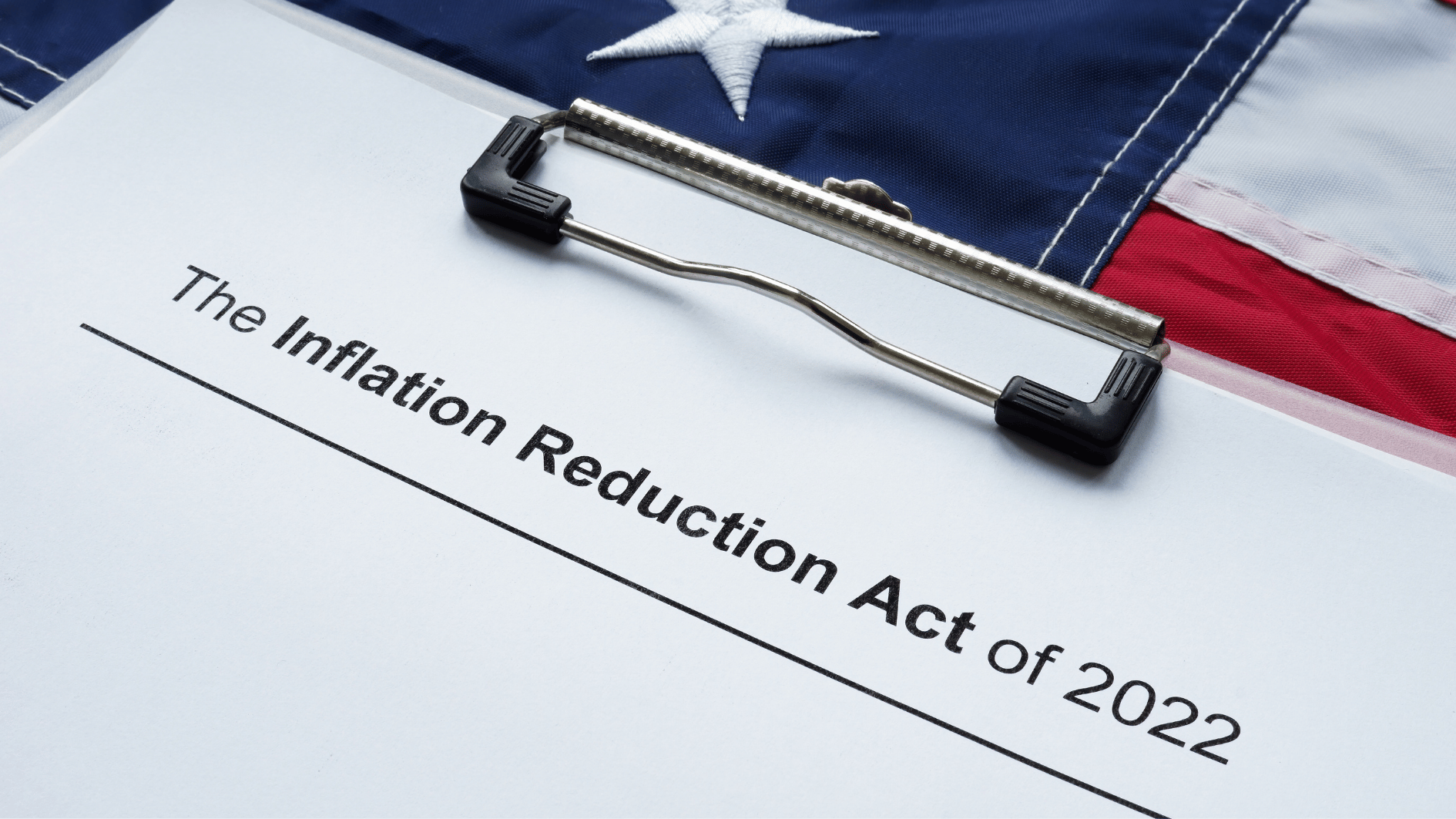Image source: Canva.com
You might have heard that the ITC is no longer available, but that’s only partially true. The same benefits still apply – they’re just not limited to solar anymore. This new credit offers the same savings for your solar systems, now under a different name. So, if you missed out in 2024, no worries – we’ve got you covered!
The Clean Electricity Investment Credit, introduced under the Inflation Reduction Act (IRA) of 2022, represents a transformative step in the United States strategy to promote clean energy investments. Replacing the Energy Investment Tax Credit, which phased out at the end of 2024, this new credit offers the same benefits under a broader, technology-neutral framework. For those concerned about missing out on opportunities to save on solar systems in 2024, rest assured – the Clean Electricity Investment Credit offers similar advantages and extends its reach beyond solar energy.

Inflation Reduction Act: Key Solar Energy and Energy Storage Provisions
The Clean Electricity Investment Credit is available to taxpayers with a qualified facility or energy storage technology placed in service after December 31, 2024. The credit will begin to phase out starting in 2032 or when U.S. greenhouse gas emissions from electricity drop to 25% or less of 2022 levels, whichever comes later.
Key Features of the Clean Electricity Investment Credit

Technology-Neutral Approach
Unlike previous credits that targeted specific technologies, the Clean Electricity Investment Credit adopts a technology-neutral approach. Incentives are determined by emissions levels, making it applicable to a wide range of clean energy solutions, including solar, wind, geothermal, and energy storage systems.

Credit Amount
The base credit rate is set at 6% of the qualified investment, but projects meeting prevailing wage and apprenticeship requirements can qualify for an enhanced credit of 30%. This tiered structure incentivizes developers to prioritize fair labor practices and workforce development.

Additional Incentives
Projects located in specific areas or serving particular communities may qualify for bonus credits. For instance, investments in low-income communities or on Tribal lands can receive an additional 10% credit, while projects that are part of qualified low-income residential building projects or economic benefit projects may be eligible for a 20% bonus credit.

Eligibility
The Clean Electricity Investment Credit applies to investments in facilities that generate clean electricity and qualified energy storage technologies. This includes a wide range of technologies, such as solar, wind, geothermal, and energy storage systems.

Effective Date
The Clean Electricity Investment Credit became effective on January 1, 2025. It will phase out starting in 2032 or when U.S. greenhouse gas emissions from electricity fall to 25% of 2022 levels, whichever occurs later.
Recent Developments
In December 2024, the U.S. Department of the Treasury and the Internal Revenue Service released final rules clarifying the eligibility criteria and application process for the Clean Electricity Investment Credit. These rules provide detailed guidance on what constitutes a qualifying energy project and outline the necessary steps for investors to claim the credit.
How to Claim the Credit

To claim the Clean Electricity Investment Credit, taxpayers must complete Form 3468: Investment Credit and include it with their annual tax return submitted to the IRS. This should be done for the first taxable year in which the taxpayer is reporting the clean energy investment credit.
Implications for Investors and Developers
The introduction of the Clean Electricity Investment Credit represents a significant opportunity for investors and developers in the clean energy sector. By offering substantial tax incentives, the credit aims to lower the financial barriers associated with developing clean electricity projects, thereby accelerating the transition to a sustainable energy future.
Moreover, the technology-neutral stance of the Clean Electricity Investment Credit encourages innovation across a diverse range of clean energy technologies, fostering a more resilient and adaptable energy infrastructure.

As the U.S. moves toward its climate goals, the Clean Electricity Investment Credit stands out as a pivotal tool in driving the transition to a sustainable energy economy. By accommodating a diverse array of clean electricity technologies, the credit ensures that the renewable energy landscape remains innovative, equitable, and poised for long-term success. Whether you’re an investor, developer, or homeowner looking to install solar systems, the credit offers substantial opportunities to save and contribute to a cleaner energy future.
This article will be updated as the Treasury Department and other federal agencies release new guidance and responses related to the Inflation Reduction Act. The information in this article is for informational purposes only and should not be considered official legal or financial advice. For further details, please consult a licensed tax professional.





